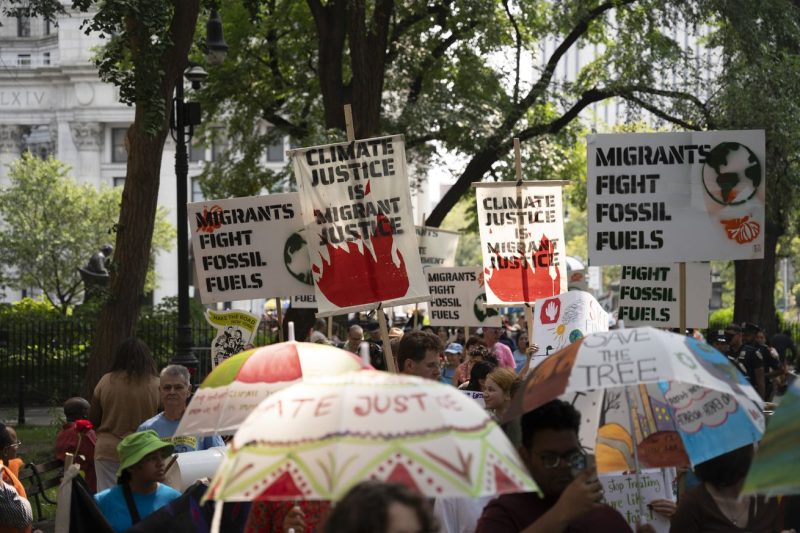In the contemporary discourse on immigration policy, there exists a glaring blind spot that desperately needs to be addressed – the impact of climate change on migration patterns. While discussions predominantly revolve around political, economic, and social factors driving migration, environmental considerations are often overlooked despite their profound influence on human movement across borders.
One of the primary repercussions of climate change is the escalation of natural disasters, such as hurricanes, droughts, and floods. These environmental catastrophes not only devastate communities and livelihoods but also force individuals to flee their homes in search of safety and stability. In many instances, these climate refugees are left with no choice but to seek asylum in other countries as their homelands become uninhabitable due to extreme weather events and environmental degradation.
Furthermore, the degradation of natural resources and ecosystems due to climate change exacerbates social and economic vulnerabilities, especially in developing countries. Rapid desertification, deforestation, and water scarcity push marginalized populations into a cycle of poverty and insecurity, prompting them to migrate in search of better opportunities for survival. As traditional livelihoods become unsustainable, individuals and families are compelled to venture beyond their borders to secure a sustainable future for themselves and their descendants.
Despite the clear linkage between climate change and migration, current U.S. immigration policy fails to adequately address this nuanced relationship. The legal frameworks for asylum and refugee status do not explicitly recognize individuals fleeing climate-related disasters as eligible for protection, thereby leaving them in a state of legal limbo and vulnerability. There is a pressing need for policymakers to expand the definition of refugees to encompass those displaced by environmental crises, offering them a pathway to legal status and protection under international law.
Moreover, the U.S. government must proactively engage in climate mitigation and adaptation efforts to address the root causes of environmental displacement. By investing in sustainable development projects, renewable energy initiatives, and disaster resilience programs, policymakers can help mitigate the impact of climate change on vulnerable communities, reducing the need for forced migration in the first place. Additionally, fostering international cooperation on climate action and humanitarian assistance is essential to addressing the global challenges posed by environmental displacement.
In conclusion, it is imperative for policymakers, advocates, and the public to recognize the significant impact of climate change on migration patterns and to incorporate environmental considerations into immigration policy discussions. By acknowledging and addressing this blind spot, the U.S. can uphold its commitment to protecting the rights and dignity of all individuals, including those forced to flee their homes due to environmental crises. It is only through a comprehensive and inclusive approach to immigration policy that we can effectively address the complex challenges posed by climate change and ensure a more sustainable and equitable future for all.

























